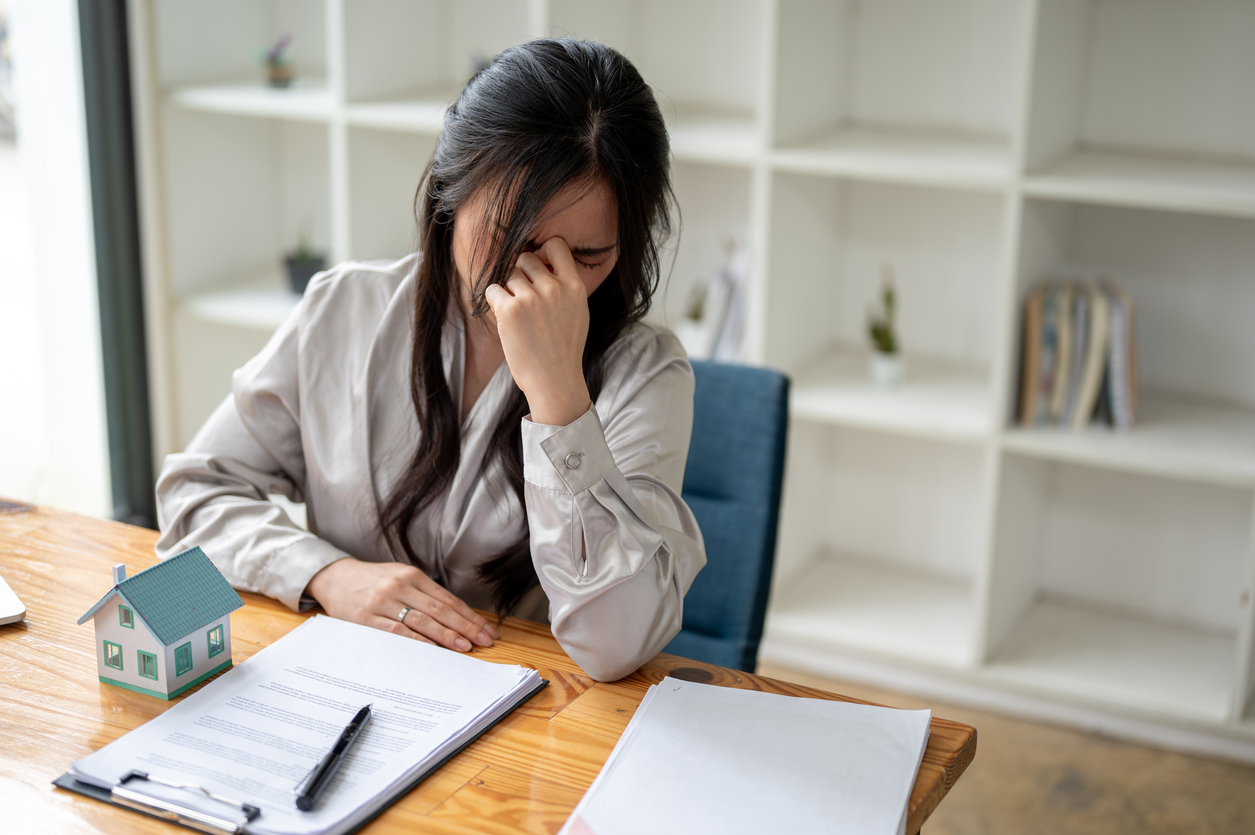



In the UK, every home must meet certain standards to be considered safe and livable. If a property fails to meet these standards, it can be deemed "unfit for human habitation." This means the property poses a risk to the health or safety of its occupants. Ensuring homes are safe is a legal requirement under the Homes (Fitness for Human Habitation) Act 2018, which outlines landlords' responsibilities to maintain their properties. This article will explain what makes a house unfit for human habitation in the UK, the legal obligations of landlords, and what tenants can do if they find themselves living in unsuitable conditions.
A property is considered unfit for human habitation if it has serious defects or hazards that make it unsafe or unsuitable for people to live in. These hazards can range from structural issues to poor living conditions that put tenants' health at risk.
The Homes Act, which came into force in March 2019, aims to ensure that rented properties in England and Wales are safe, healthy, and free from hazards. Landlords are legally required to ensure that their properties are fit for habitation throughout the tenancy.
There are several conditions that can cause a property to be deemed unfit for human habitation. These include:
Dampness and mould growth are common problems that can lead to serious health risks, particularly for people with respiratory conditions like asthma. If a property has significant damp or mould that affects the living conditions, it could be considered unfit for habitation.
Structural defects such as major cracks in the walls, subsidence, or unsafe foundations can make a house dangerous. These issues not only compromise the building's stability but also pose serious risks to the occupants.
Every habitable room must have adequate natural light and ventilation. A lack of windows or ventilation can lead to poor air quality, damp, and increased humidity levels, all of which can negatively impact health.
A property must have adequate heating and insulation to ensure it is warm and energy-efficient. A lack of heating, particularly during winter, can make a home uninhabitable. Similarly, inefficient insulation that leads to high energy costs or excessive cold can render a property unfit.
A property must have adequate and functioning sanitation facilities, including toilets, sinks, and baths or showers. If the plumbing is faulty or there is a lack of clean water, the property could be considered unfit.
Faulty electrical systems or gas appliances pose serious hazards, including the risk of fires, electric shocks, or carbon monoxide poisoning. Landlords are required to ensure that electrical wiring and gas appliances are in safe, working condition.
Landlords must provide a valid Gas Safety Certificate (CP12) every year and ensure that all gas appliances are safe to use.
If a property is infested with pests such as rats, mice, cockroaches, or bedbugs, it can be deemed unfit for habitation. Infestations not only cause damage to the property but also pose significant health risks to tenants.
Overcrowded living conditions, where too many people live in a property that is too small, can create health and safety hazards. This can occur if a landlord rents out a property with too few bedrooms or inadequate living space for the number of tenants.
A property must be free from fire hazards and should have appropriate fire safety measures in place, including smoke alarms, carbon monoxide detectors, and fire exits. Properties that are at high risk of fires or lack proper fire safety equipment may be considered unfit for habitation.
The Homes (Fitness for Human Habitation) Act 2018 requires landlords to ensure that their properties are safe, healthy, and fit for habitation throughout the duration of the tenancy. This includes:
Failure to meet these legal requirements could result in tenants taking legal action, including claims for compensation or demands for the landlord to carry out repairs. In severe cases, local authorities may intervene, ordering repairs or even prohibiting the property from being rented out.
If a tenant believes their home is unfit for human habitation, they have the legal right to take action. Here’s what tenants can do:
Report the Issue to the Landlord: Tenants should first notify their landlord in writing of any problems and request repairs. Landlords are legally required to respond promptly to address serious issues.
Contact the Local Council: If the landlord fails to act, tenants can contact their local council’s housing department. Councils have the authority to inspect the property and issue improvement notices if the home is deemed unfit.
Take Legal Action: Under the Homes Act, tenants can take their landlord to court if they fail to make necessary repairs or address habitability issues. Courts can order landlords to carry out repairs or pay compensation to the tenant.
Ensuring a property is fit for human habitation is a fundamental responsibility for landlords in the UK. Tenants living in unsafe or unhealthy conditions have the right to demand improvements and take legal action if their homes are unfit. For landlords, it’s important to stay on top of property maintenance, address hazards, and comply with legal safety standards to ensure their properties remain habitable and compliant.